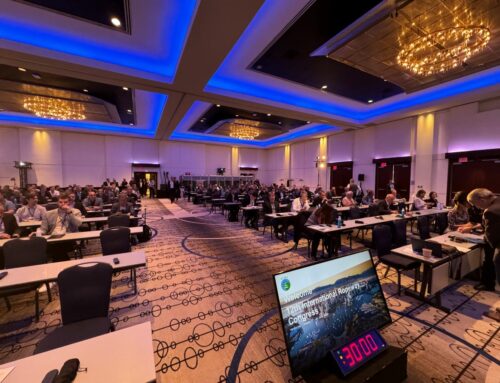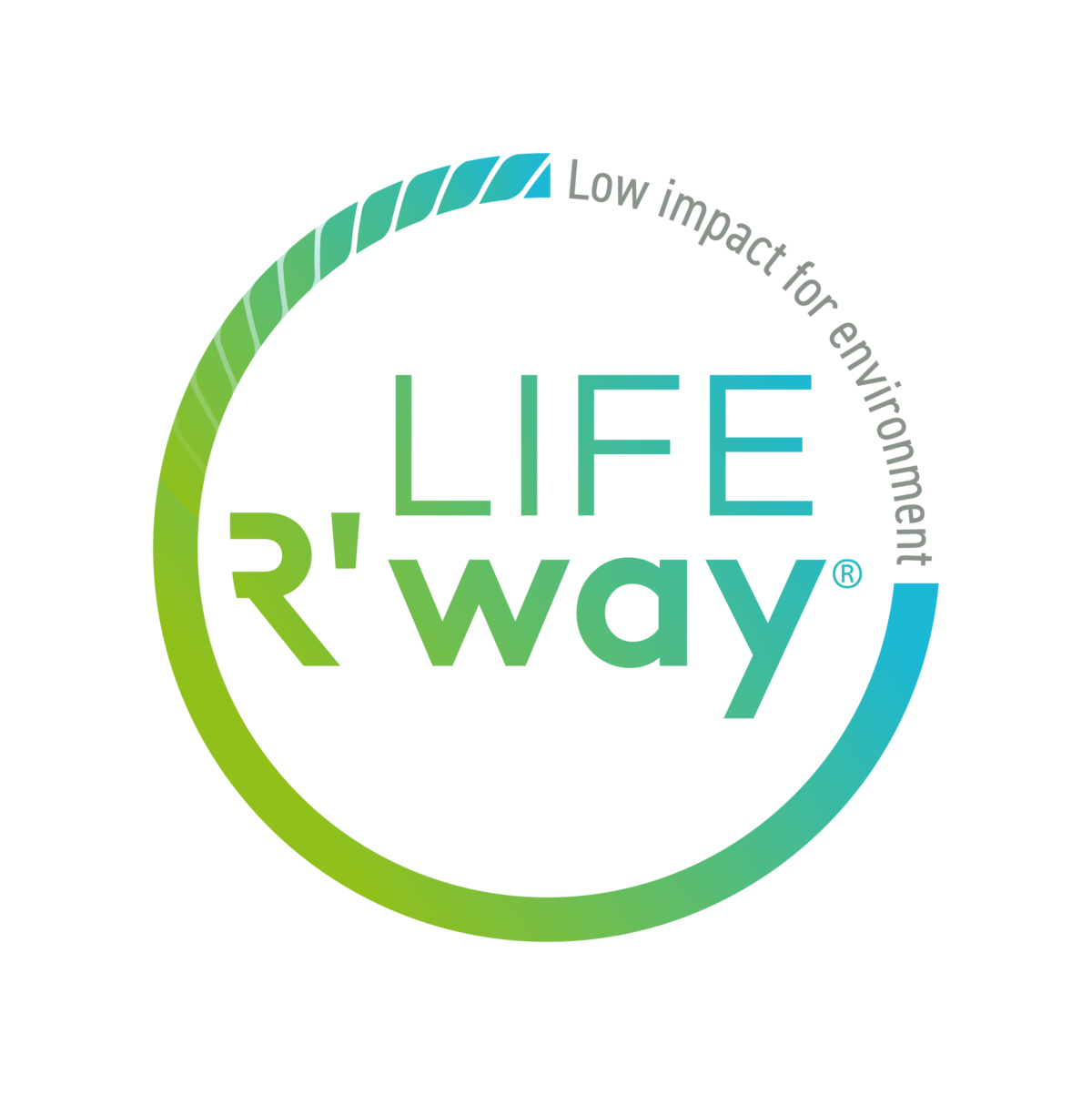
SI Urban 2/2024, Urban
POMAs Life R´Way – How can cable cars become even more sustainable?
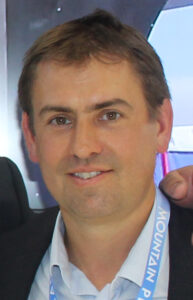
Michaël Fauche, Director of Strategy and New Markets
SI Urban: What can we imagine under the initiative Life R‘way?
Michaël Fauche: Life R‘way is our practical response to the challenges our planet is facing. Firstly, it concerns product development, by optimizing our products, cable cars, and projects for lower CO2 emissions and longer lifespan – from planning to recycling.
Secondly, it involves knowledge exchange between us and urban cable car operators‘ employees. We ensure that they work professionally and sustainably. Our training program Upilot can help in adopting energy savings good behaviours, for instance.
Thirdly, it involves intelligent operation through the aggregation of all relevant operational data, including energy consumption, through the SKADII software to improve cable car efficiency.
How does Life R‘way affect the stations?
In cable car stations, we use recycled materials, employ globally appealing aesthetics devised in collaboration with customers, and configure the architecture to surpass other designs in terms of lower CO2 footprint.
For example, side glazings can easily be replaced with photovoltaic modules. In the drive station, DirectDrive ensures lower energy consumption, avoidance of hydrocarbons, reduced noise pollution, and increased safety for operating and maintenance teams.
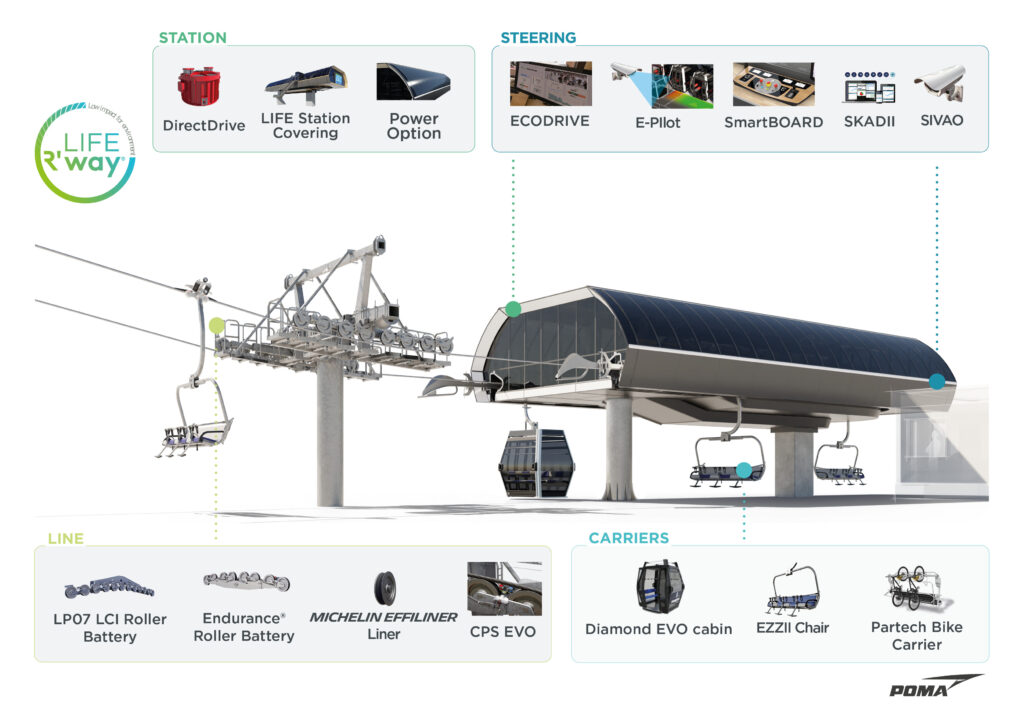
What role does Life R‘way play in control?
Running the system at its maximum of safety and availability is always the priority. And even when it can be operated at a 7m/s speed, sustainable ways can be found.
Hence, as for example of control, all new cable cars are equipped with Ecodrive, which allows controlling energy consumption based on specific customer settings. In addition, there is the aforementioned digital platform SKADII, the SmartBOARD as an easily adaptable control panel, and the monitoring system SIVAO.
This analyzes the number of passengers in each vehicle using video image processing technology based on artificial intelligence. This operational support includes detecting hazardous situations during boarding and counting passengers in the cabins.
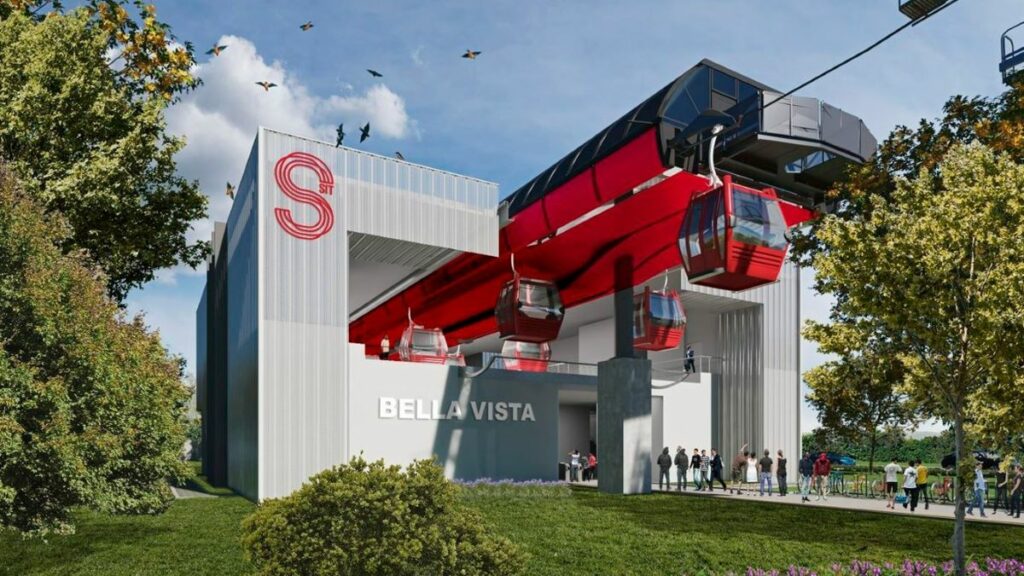
How does Life R‘way manifest itself along the cable car route?
Customers can choose specific roller batteries from our range to limit the number of supports and rollers. The sheaver trains and the rollers themselves are optimized for long lifespans, high safety, and low environmental impact. The Cable Position System (CPS) ensures even more safety and energy reduction.
It prevents hazardous situations due to lateral shifts of the rope in the roller battery.
To what extent does Life R‘way impact the cabins?
From the standard version to the premium one, our spacious and comfortable cabins offer smooth and durable mobility. They are composed of recycled material and their design meet our global sobriety approach.
Additionally, they are easily repairable and restorable. If the cabins really need to be replaced, they can be easily recycled.
What are the benefits for urban customers?
Life R‘way can help urban cable car initiators obtain approval for their projects. Additionally, the initiative often facilitates access to better interest rates at banks, as sustainable investments are rewarded.
Lastly, the program reduces the operating costs of the cable car, whether through lower energy consumption, longer component lifespans, or through careful handling of technology by well-trained staff.
Interview: Thomas Surrer
